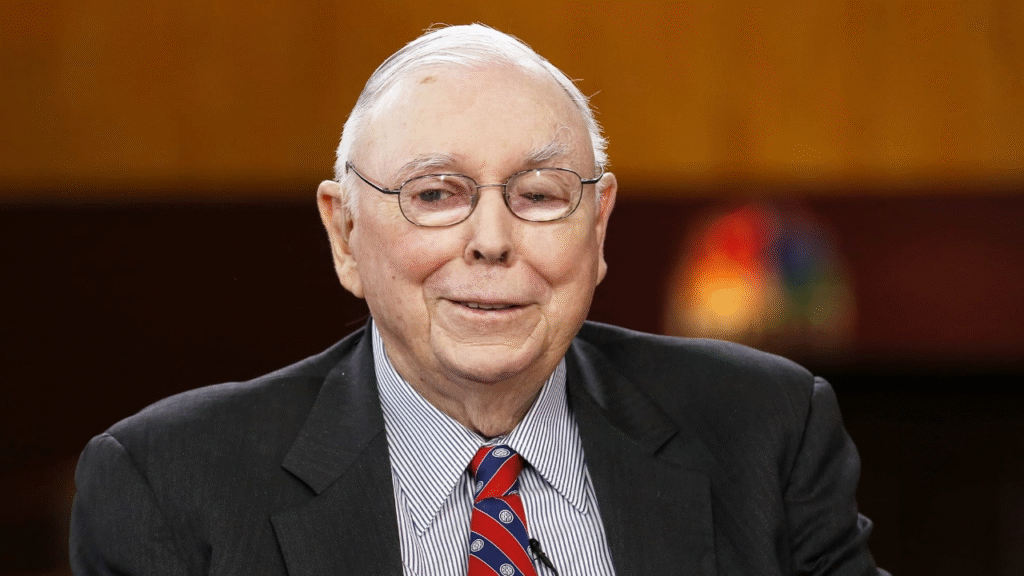Bitcoin surges past $100,000 — a moment that redefines the boundary between rebellion and establishment. The surge marks the point where the digital currency once branded as subversive became the darling of institutional finance. Following the U.S. approval of spot Bitcoin ETFs, billions of dollars flooded into the crypto market, setting off a rally that now feels less like a technological uprising and more like a financial coronation.
Context: the moment Bitcoin became establishment
The spark behind the rally was the long-awaited greenlight from U.S. regulators. The Securities and Exchange Commission approved several spot Bitcoin exchange-traded funds, a move years in the making. These ETFs allow institutional investors to gain direct exposure to Bitcoin through traditional brokerage accounts — no private keys, no wallets, no mystery. Within hours of the announcement, Bitcoin jumped from $92,000 to $100,500, setting a new all-time high.
Trading volumes surged to levels unseen since 2021. Ethereum climbed nearly 10%, Coinbase stock spiked 25%, and the total crypto market capitalization soared past $3.8 trillion. The headlines declared victory for “digital gold.” The mainstream narrative was clear: Bitcoin had finally grown up. Yet, the truth beneath the euphoria is far more complex.
Oppositional Argument: institutional embrace or quiet takeover?
When Bitcoin surges past $100,000, many call it proof of adoption. But what if this milestone is not liberation, but submission? The same institutions that dismissed Bitcoin as a fraud now control its largest financial instruments. BlackRock, Fidelity, and State Street — the corporate titans of centralized finance — are the biggest beneficiaries of this so-called decentralization triumph.
Bitcoin was born from distrust in banks and government. Now it thrives because of them. Institutional custody means fewer coins in personal hands, less privacy, and a growing dependence on centralized intermediaries. The revolution has been monetized.
What regulators call “responsible innovation” is simply regulation disguised as progress. By approving ETFs, Washington didn’t accept Bitcoin — it domesticated it.
Analytical Breakdown: numbers behind the euphoria
The numbers reveal a fascinating contradiction. In the first week after ETF approval, institutional inflows reached nearly $15 billion — the largest in crypto history. BlackRock’s iShares Bitcoin ETF alone drew $4.3 billion within 48 hours. Retail investors returned in force, driven by a wave of FOMO. Binance and Coinbase both reported record account sign-ups.
But the fundamentals remain unchanged. Bitcoin’s volatility is as high as ever, and leverage-driven trading continues to inflate prices. Its hash rate hit new records, but so did energy consumption — up 17% month-over-month. For miners, the $100,000 mark signals profit; for environmentalists, it signals warning.
Financially, this is a liquidity supernova. Politically, it’s a showcase of American influence. When the SEC moves, the world’s markets follow.
Counterarguments
Pro-ETF voices insist this is a victory for transparency and investor protection. They argue ETFs reduce risk by eliminating custody errors and scams. Perhaps they are right — for those who view Bitcoin as an asset, not an idea.
But for those who still see it as a movement, this is assimilation. Once financial giants control liquidity, Bitcoin’s decentralization becomes a myth. ETFs make it accessible, but also predictable, taxable, and regulated. The dream of peer-to-peer money dies in the name of “compliance.”
Human Perspective: winners, losers, and converts
In Brooklyn, a 32-year-old coder named Jason Lee checked his phone in disbelief. “I bought Bitcoin at $400,” he said. “I’m not rich. I’m just watching history repeat itself.” He remembers when Bitcoin was about freedom, not filings.
Meanwhile, inside Goldman Sachs, traders once skeptical now call it “the new gold.” On Wall Street, Bitcoin isn’t rebellion anymore; it’s revenue. For every early adopter who held on, there are now ten institutions buying the same dream — but in shares instead of coins.
The cultural shift is complete. Bitcoin has gone from insurgent to insider, from whitepaper idealism to Bloomberg terminal ticker.
The Regulatory Shift: from rejection to embrace
Two years ago, the SEC rejected ETF applications citing manipulation concerns. Now, amid political pressure and financial lobbying, the tide has turned. Gary Gensler framed the approval as “a step toward responsible innovation.” Translation: Washington found a way to profit.
The U.S. Treasury is already drafting new frameworks to tax crypto gains, and the IRS plans real-time reporting for large transactions. Bitcoin hasn’t been liberated — it’s been licensed. And every license has a fee.
Global Impact: Bitcoin surges past $100,000 worldwide
When Bitcoin surges past $100,000, its shockwaves reach far beyond New York. The EU, Japan, and Canada are already preparing equivalent ETF structures. Hong Kong and Singapore have announced digital asset corridors to attract capital. In Argentina, officials are exploring partial Bitcoin reserves to stabilize inflation.
Yet global adoption doesn’t mean decentralization. It means competition for financial influence. Bitcoin is no longer a protest currency — it’s a geopolitical instrument.
Market Psychology: faith meets fear
Every crypto cycle follows a familiar pattern: disbelief, excitement, greed, and then denial. When Bitcoin surges past $100,000, analysts race to project $250,000 targets. But old traders know how fragile these highs can be.
Each institutional entry stabilizes prices but dilutes ideology. Bitcoin has become less volatile, more legitimate — and less revolutionary. As financial strategist Lyn Alden noted, “When institutions enter late-cycle assets, they cap returns. Stability replaces freedom.”
In trying to gain the world’s respect, Bitcoin may have lost its soul.
Insider Insight: Wall Street’s quiet accumulation
Insiders at major hedge funds told Oppositioner that accumulation began months before the official ETF approval. One trader admitted, “We all knew the greenlight was coming. The only question was when.”
That timing coincided perfectly with the U.S. election season and a sluggish economy. By giving the market a new success story, the administration gained a political talking point: American innovation is thriving.
But insiders also confirm that custodial agreements between Coinbase, Fidelity, and regulators quietly limit offshore exposure — effectively making the U.S. the global gatekeeper for institutional Bitcoin. The world’s first decentralized asset now moves through centralized pipelines.
Beyond the Price: the new financial architecture
The approval of Bitcoin ETFs opens the door to something bigger — and riskier. Expect to see Bitcoin index funds, futures-based yield products, and even collateralized lending tied to digital assets. It’s a mirror of 2008’s derivatives boom, only now the underlying asset is virtual.
This is not the end of crypto’s wildness. It’s the start of its financialization. A rebellion turned into a regulated market — and eventually, into another Wall Street product.
Conclusion: the rebellion absorbed
Bitcoin’s surge beyond $100,000 is both victory and surrender. The system it set out to disrupt has not been overthrown; it has evolved to include it. Bitcoin no longer stands outside the establishment — it is the establishment.
And yet, perhaps that’s the inevitable fate of every revolution: absorption. When Bitcoin surges past $100,000, it reminds us that every act of defiance eventually faces a choice — adapt or disappear.
Bitcoin has chosen to adapt, to thrive inside the walls it once tried to tear down. Whether that’s evolution or betrayal will depend on who’s holding the coin.
External Links
- Reuters — Bitcoin Surges Past $100,000 Amid Regulatory Approvals
- CoinDesk — Institutional Flows Hit Record After ETF Approvals
58 views






